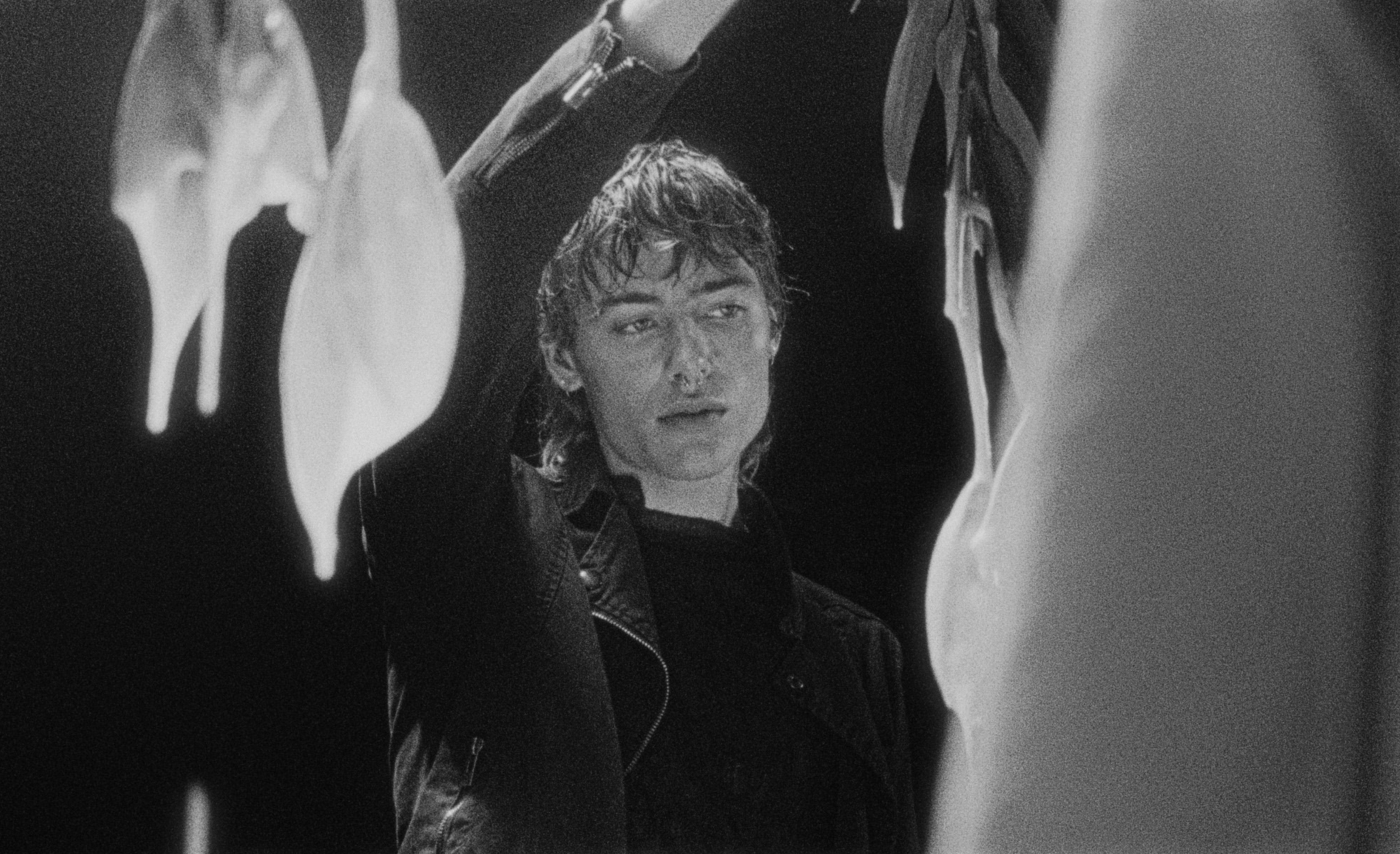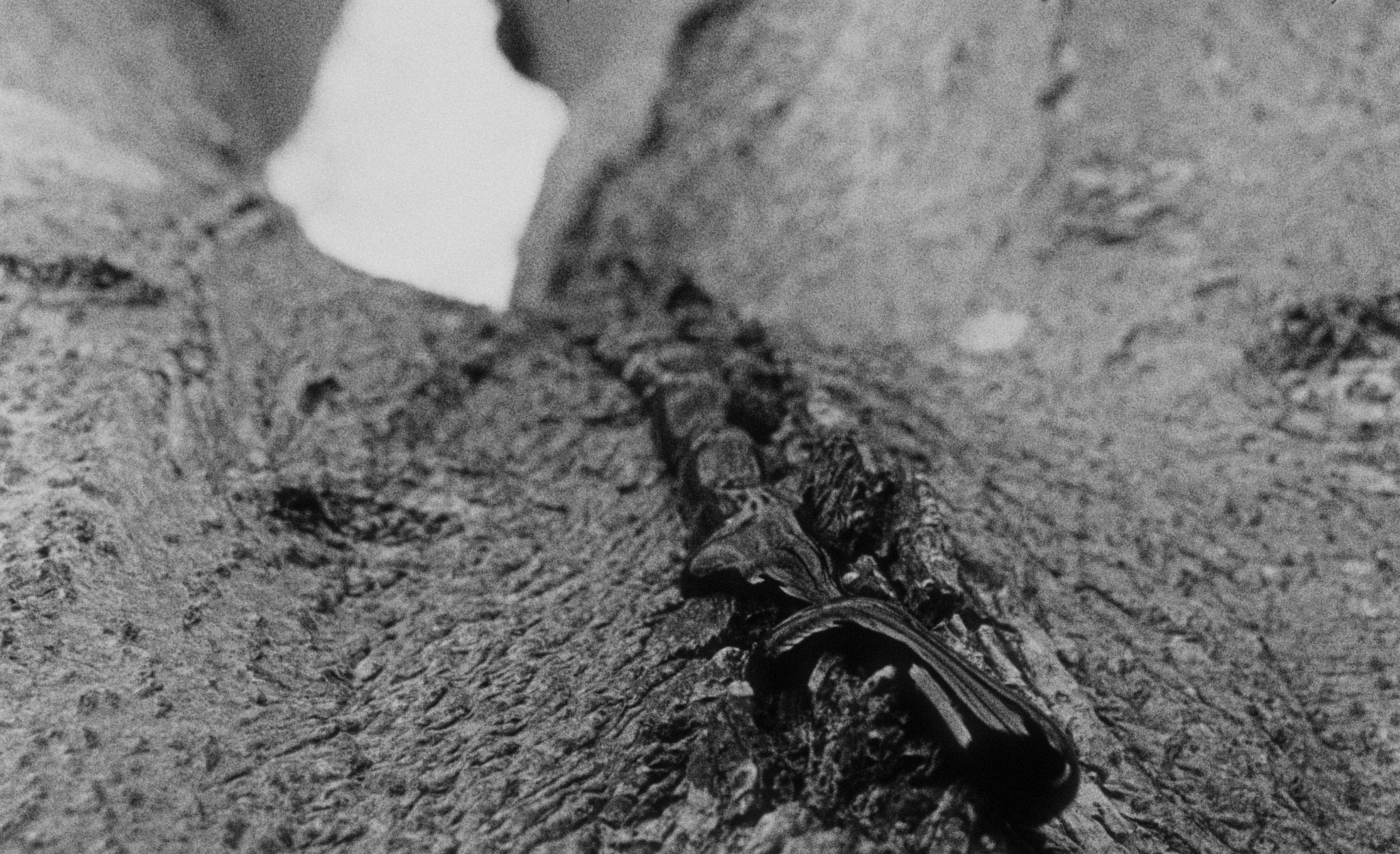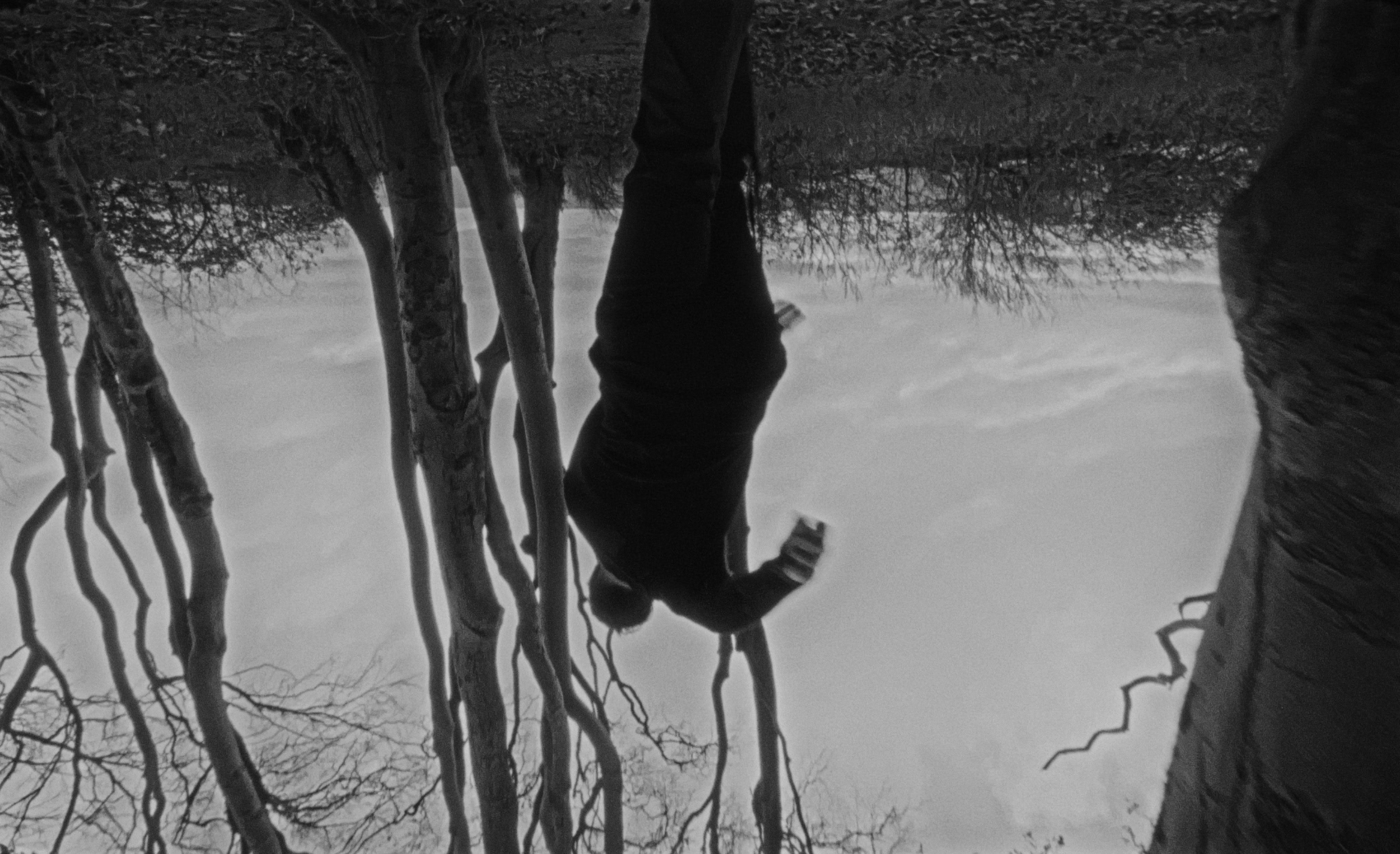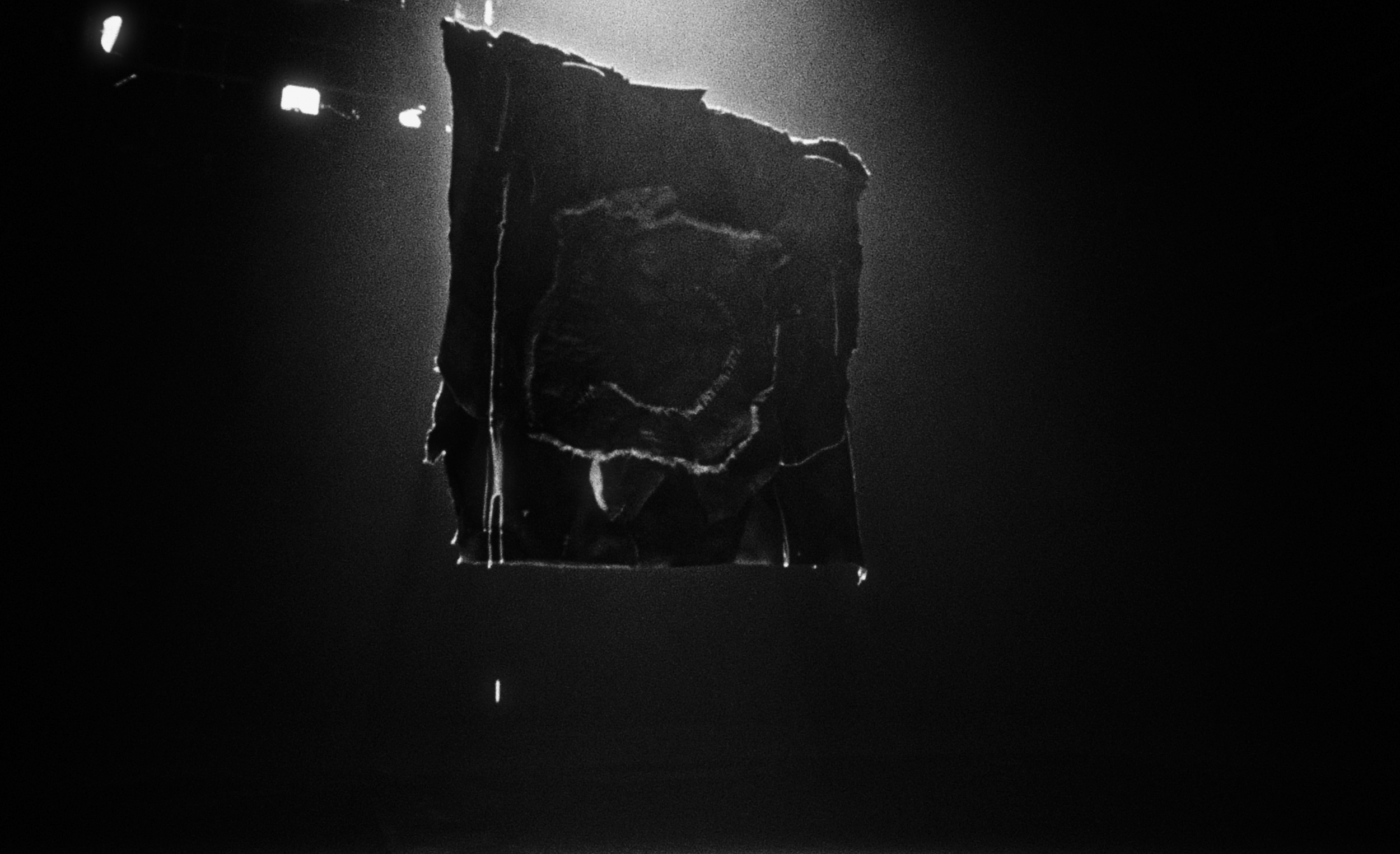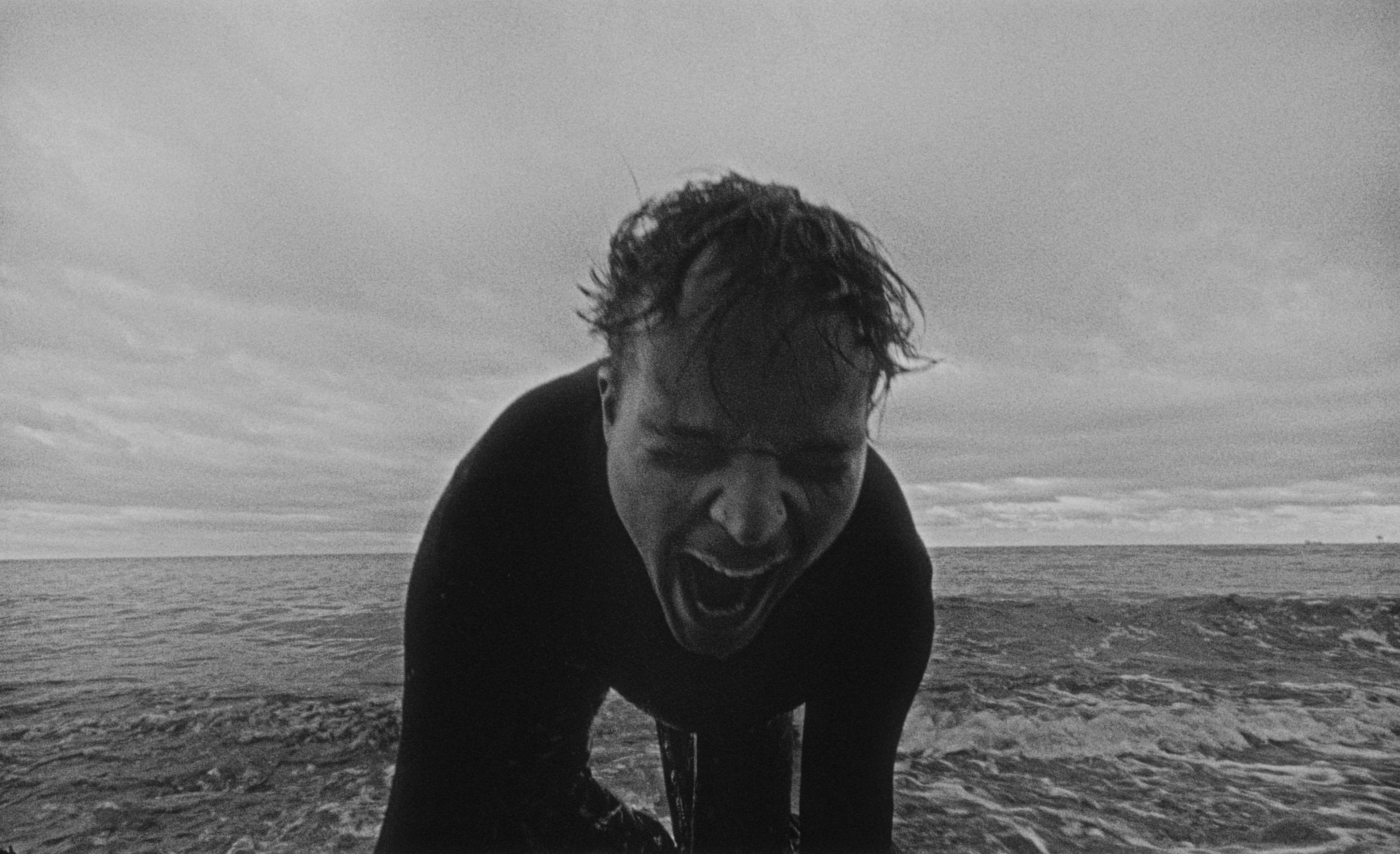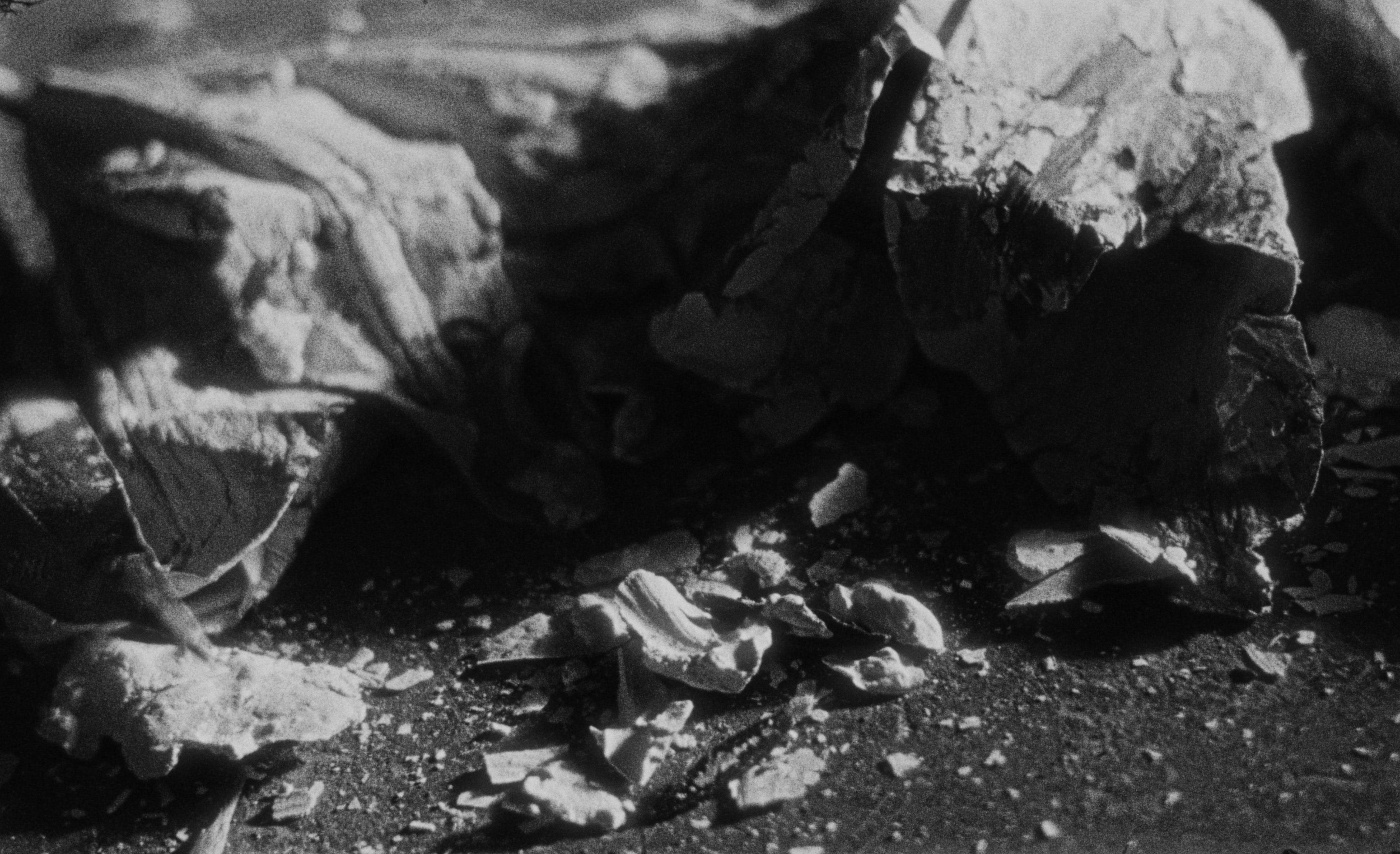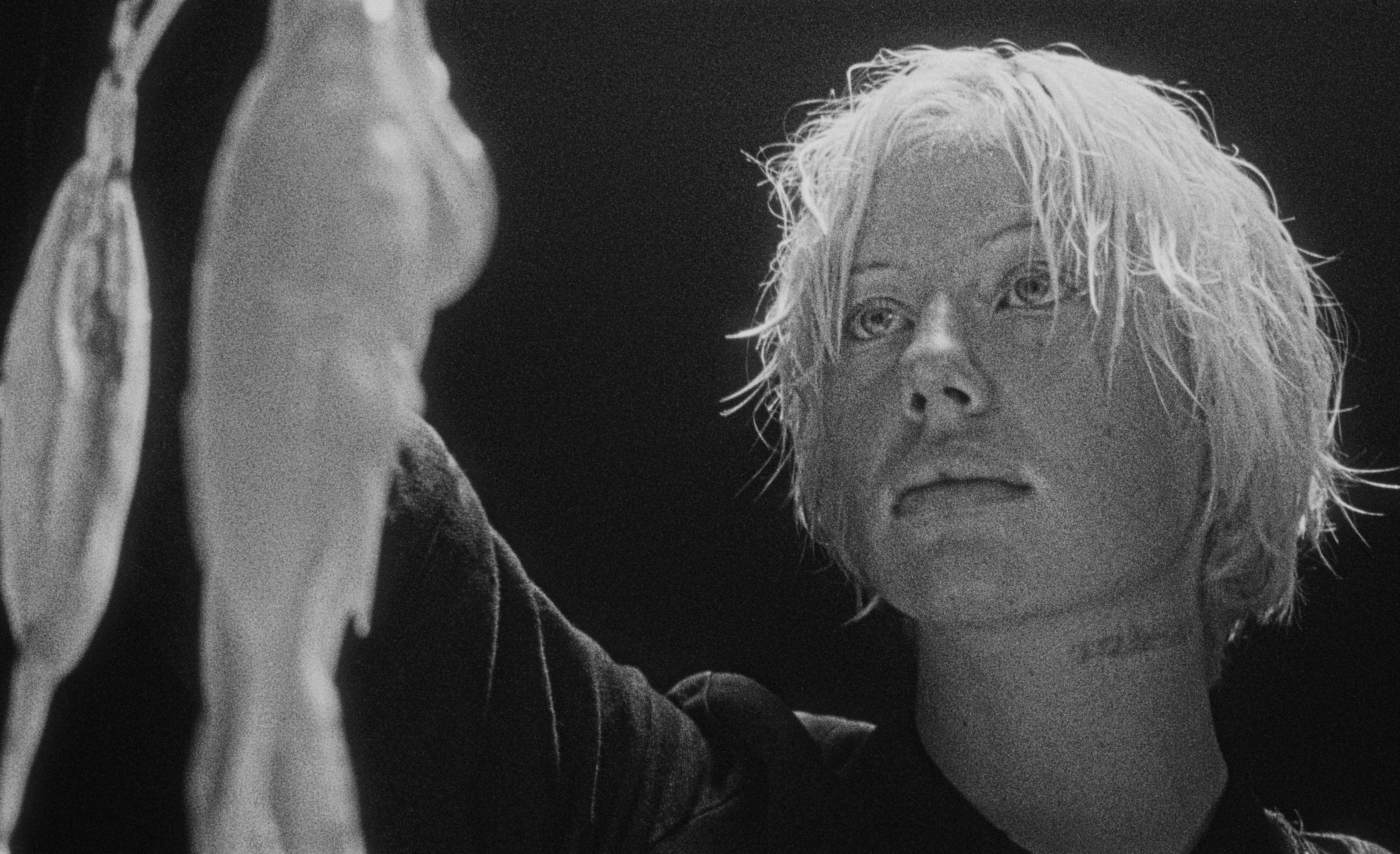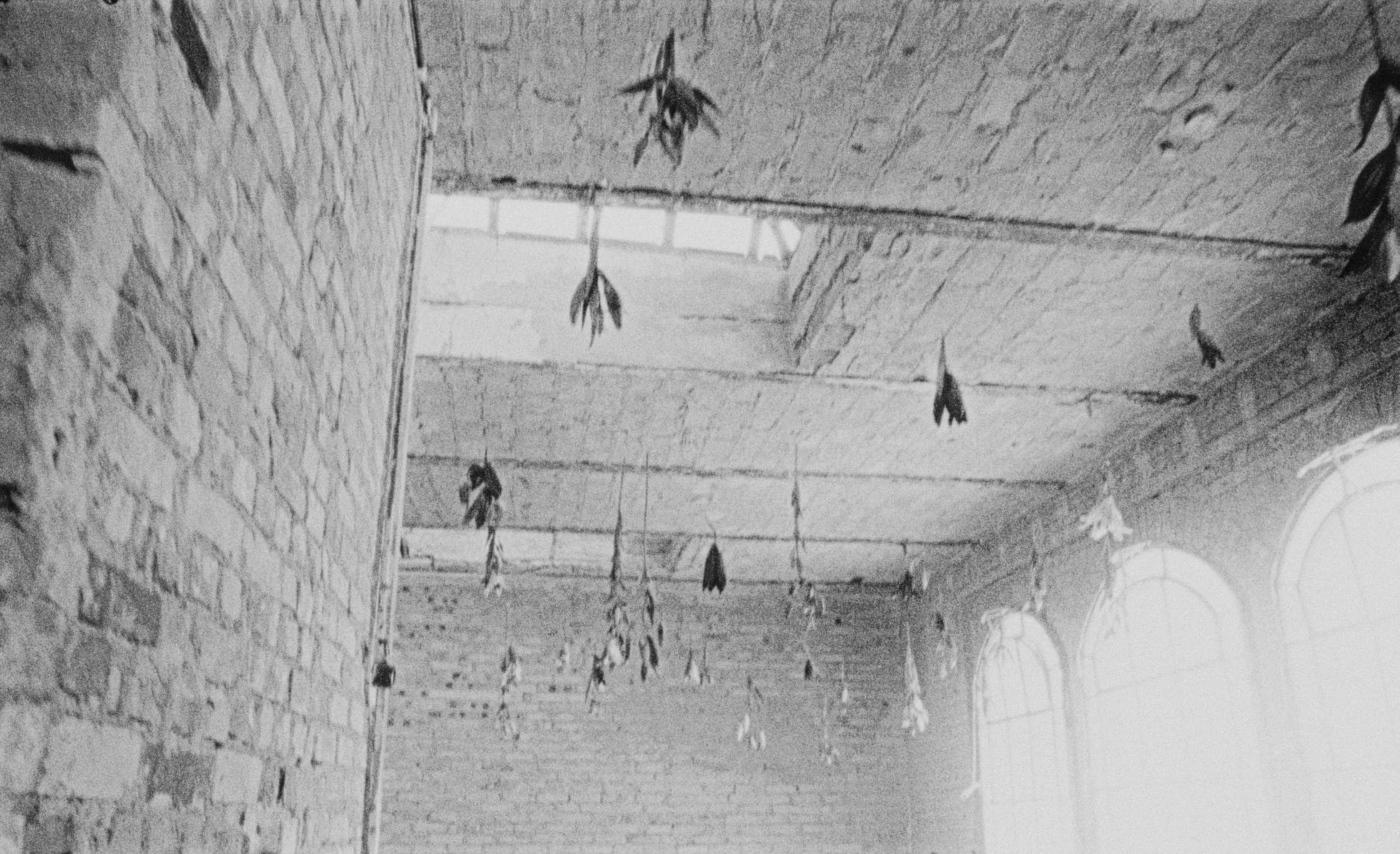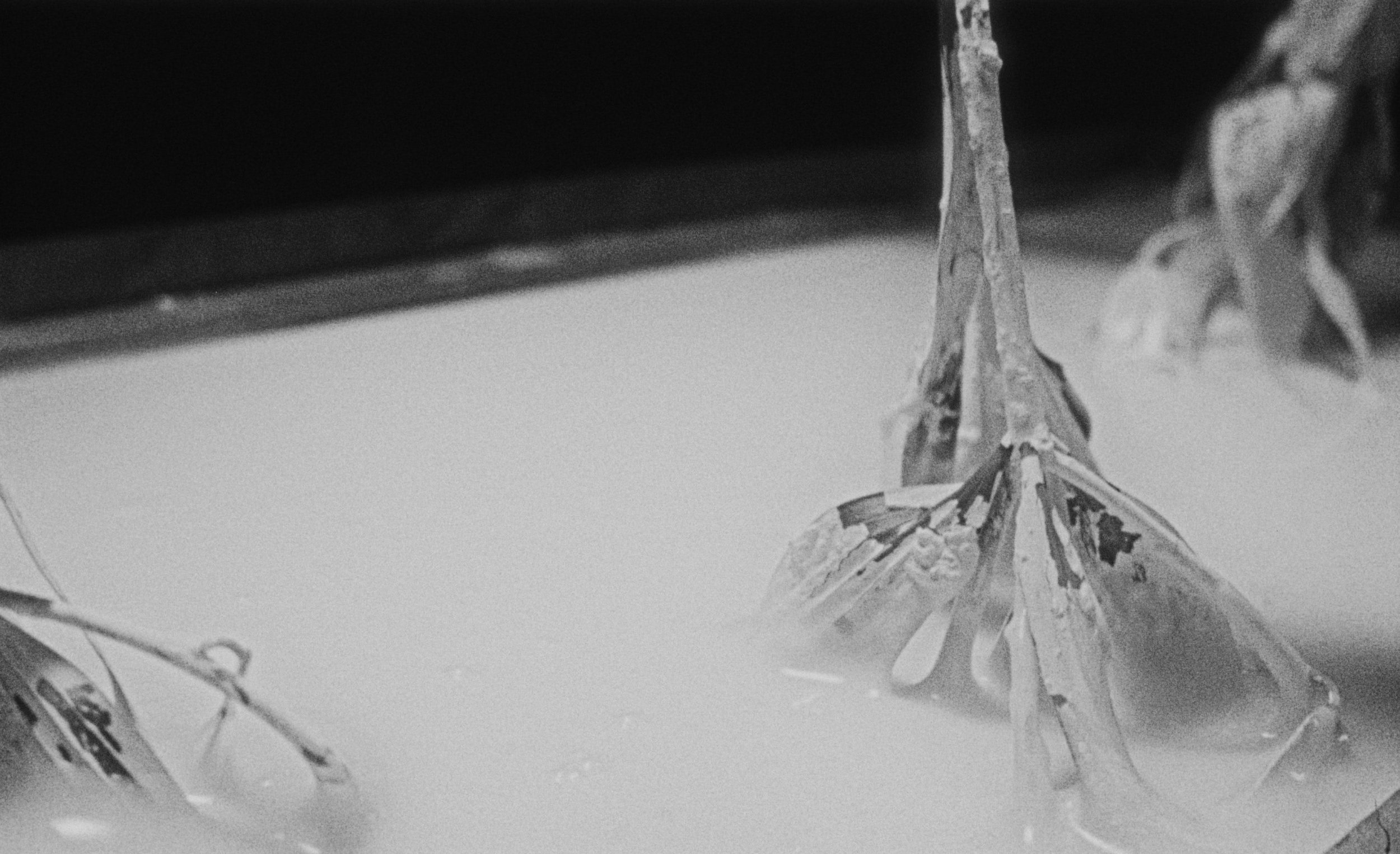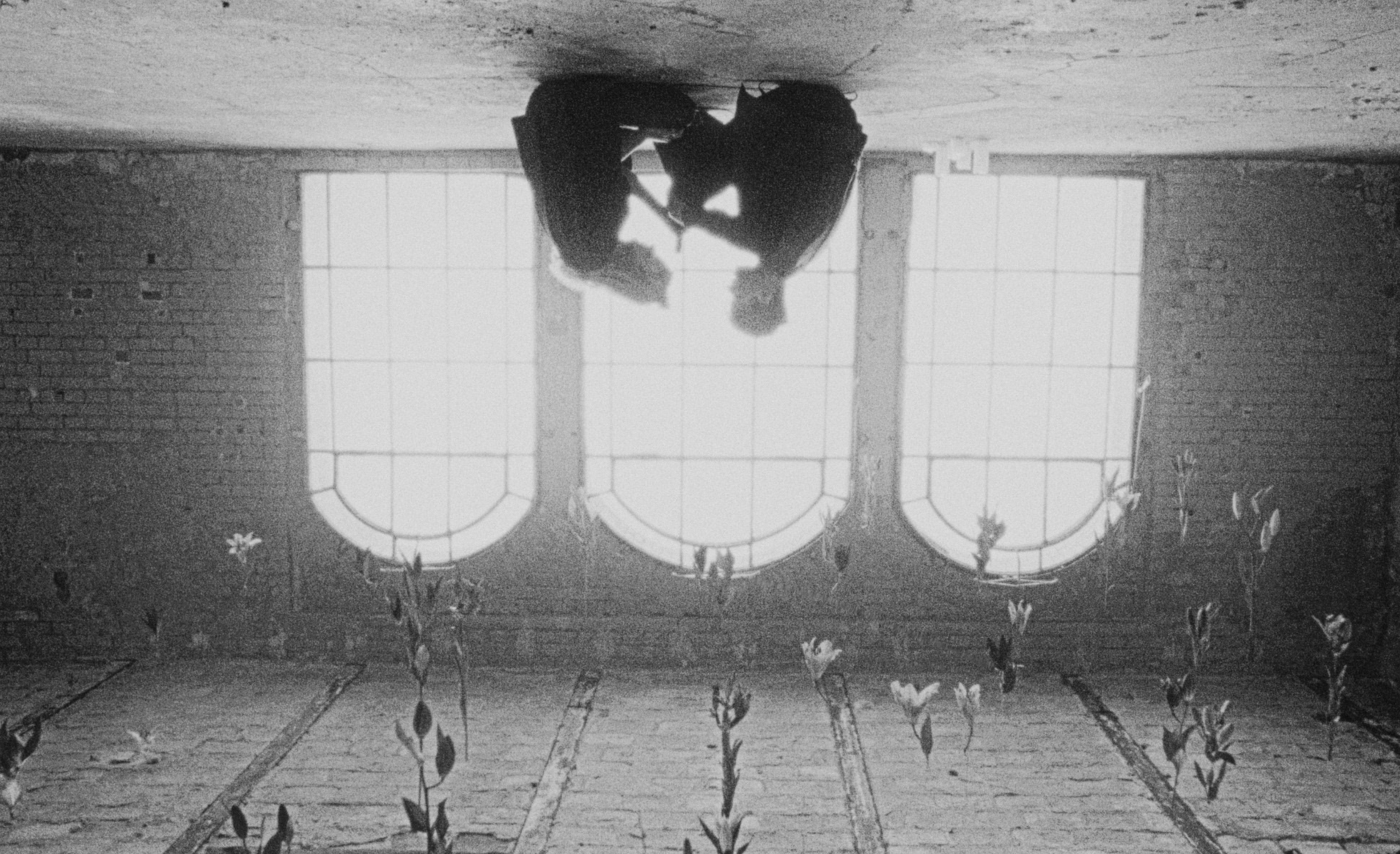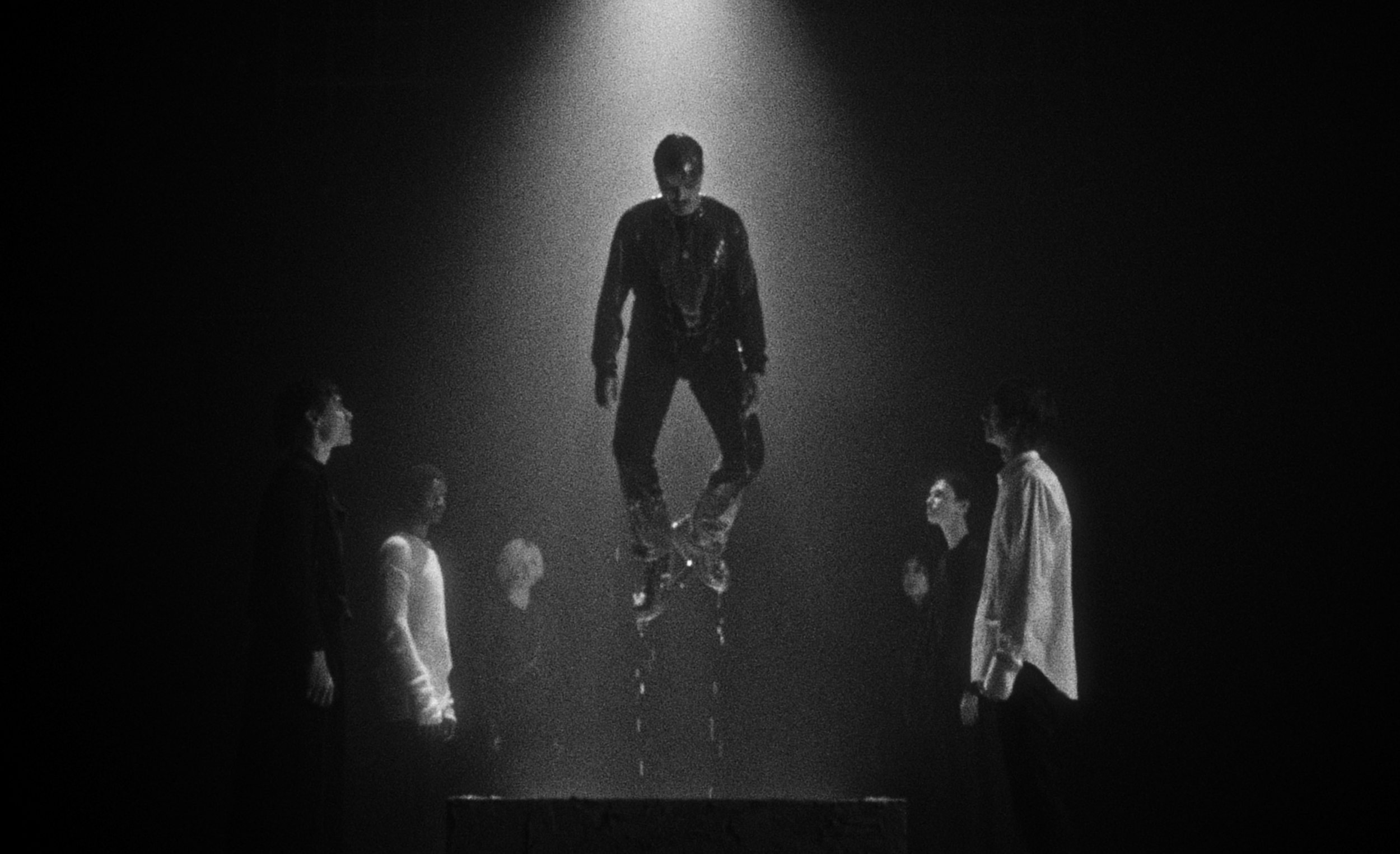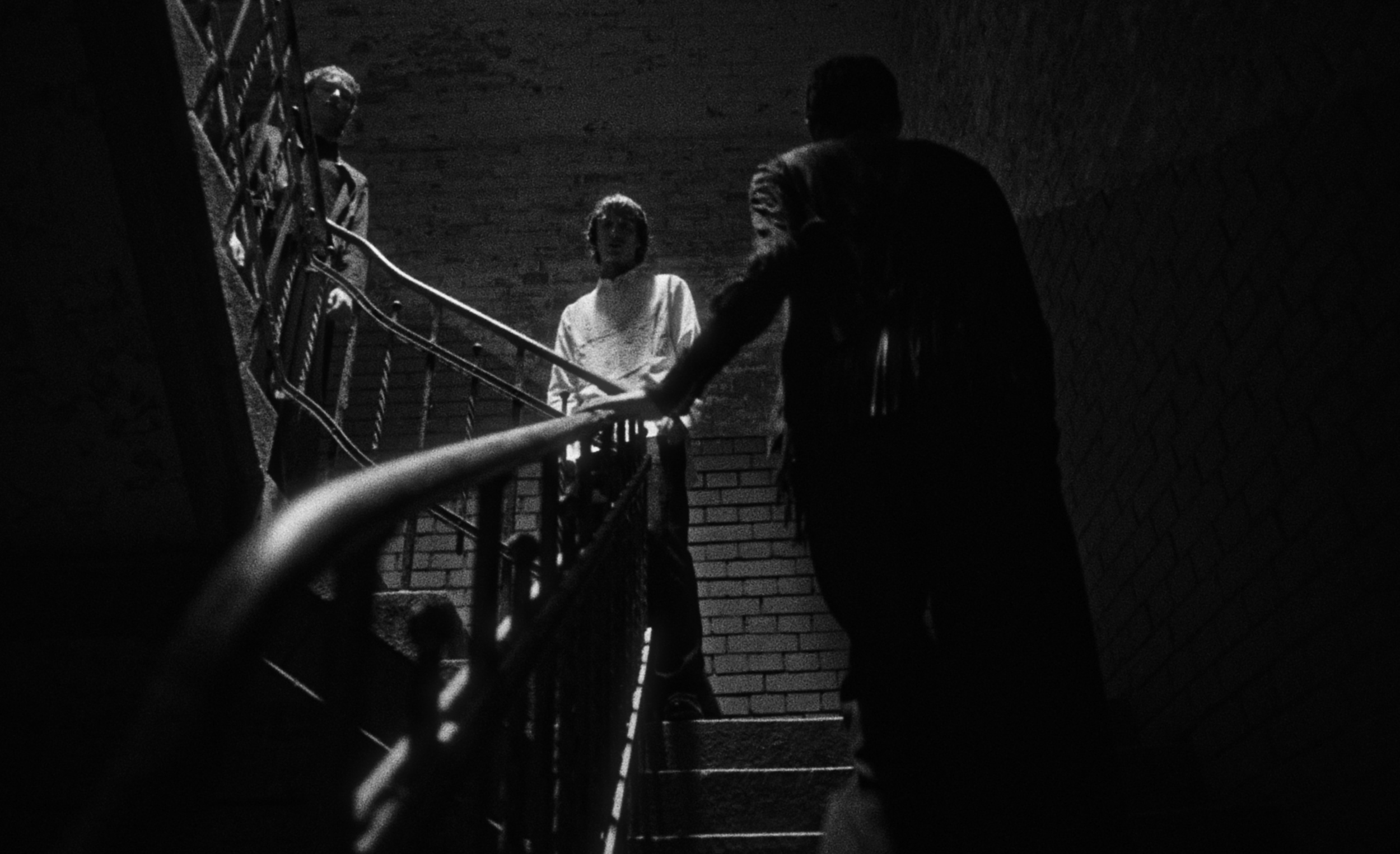Sfregiato
A Cinematic Odyssey of Wounds and Redemption
Directed by Dominik Leingartner
Interview by Tatev Avetisyan
Divided into three major chapters - la cicatrice (the scar), la ferita (the wound), and la guarigione (the healing) - Sfregiato, presents the themes and visuals inspired by Carmine Antonio Iacolare’s artistic works. Black-and-white analogue photography turned into a moving picture shot on 16mm Kodak Vision Film, masterfully captures the dialogue between the self and the scars through a performance. Combined with the avant-garde fashion realm of Ann Demeulemeester, the film challenges the notions of invulnerability and focuses on characters that endure the pain of wounds that never heal.
Join us as we delve into a conversation with director Dominik Leingartner, uncovering his unique approach to visually interpreting Sfregiato, the collaborative synergy with Carmine Antonio, and gaining invaluable insights into the film's production process.
What sparked your passion for filmmaking and led you to pursue it as a career?
If I am honest, sometimes I am not really sure why I am making films right now. I think it's just never been a question I asked myself. I started out being interested in designing a zine for my vacation pictures. So I threw myself into magazine design and did some internships until realising I had the most fun communicating with moving images. I then studied media design, focused on film, but still being particularly interested in different methods of communicating movement. For about two years now, I have been doing this quite seriously with a focus on directing films, though currently, I am trying out several different mediums again and incorporating them into my film work. All in all, I just have an incredible amount of fun creating something moving.
As a director, how would you define your unique directorial style, and how does it shape the stories you choose to tell?
I think my style can be described as quite dark and raw, and Sfregiato is definitely no different. For the film, I tried to visually represent the issues Carmine is working on. And, since these issues are quite dark, that's how the film turned out. I think I generally tend to choose darker emotions to tell a story. However, as I said, I have been working a lot more with virtual video and CGI lately, so the character of the film is changing at the moment.
Could you share your experience collaborating with the artist Carmine Antonio Iacolare? What aspects of his work attracted you to collaborate on this project?
Yes... Initially, my friend and DoP Samuel Emmer brought Carmine's work to my attention. And I could relate to the works depicting scars in natural materials. And taking the subject to a media level, such as destroying the actual film material, for example. He also has a very different approach to visual communication than I do, and I found it fascinating to delve deeper into this matter.
“We wanted to recreate this destructive character and bring it into the moving image. So from the beginning, it was clear that we would go very dark and with high contrast.”
The storyline of Sfregiato revolves around a metaphorical representation of human emotion. How did you go about developing and refining the concept? Can you shed some light on the creative process behind it?
The idea of the film was to show the influence of the different emotions on Carmine. To see how his expression in his art can be represented as an object that confronts him but also helps him process his thoughts and feelings. So the idea was to depict Carmine's work, the floating canvas, as the "thing" that forces him to deal with his personal struggles. I then tried to find several metaphors and symbols that recur throughout the film and - like a musical theme - convey a certain emotion.
Your film is divided into three chapters: la cicatrice (the scar), la ferita (the wound), and la guarigione (the healing). What inspired this concept, and how did you ensure that your artistic vision effectively translated onto the screen?
The distinction in the film came from the main themes Carmine deals with in his art - wounds, scars and protection/healing. We then divided the film into these three levels to represent the stages of the artist's process of dealing with his personal struggles. The idea was to create three more or less surreal settings, each reflecting one of these different emotions. It was also clear that we would have three different themes on the auditory level that would recur when the emotions were visualised to make them understandable on a second level. I worked closely with my mate Dominik Novak, and we spent some good hours in the studio working on these themes.
When envisioning the film's visual style, what were your primary goals, and how did you collaborate with cinematographer Samuel Emmer to achieve that vision?
In fact, we started from Carmine's aesthetic. Parts of his works are black and white photographs that he etches with various methods and thus destroys. We wanted to recreate this destructive character and bring it into the moving image. So from the beginning, it was clear that we would go very dark and with high contrast. Samuel and I have known each other for quite a while and sit together on almost every project. We have a very similar understanding of what we aim for visually, so it was pretty straightforward.
Filmmaking often presents technical and logistical challenges. Can you share some examples of the obstacles you encountered on set and how you overcame them?
Sfregiato definitely wasn’t an easy one. I tend to forget (or block) everything that happened. In fact, the project came together at quite short notice, and we had to find a way to build the pool that Carmine floats above at the end. Samuel and I had incredibly strong support from the guys from killyourdarlings, who rocked the whole production and managed to build this pool the days before. I have also been very keen on the design of the lilies as they symbolise the healing process. I am very pleased with how we managed to cover them with white plaster and how the imperfect and rough look of the fabric on the natural surface came out in the end. I have been, and still am, incredibly grateful for the whole team supporting us and believing in our weird vision.
Looking ahead, what exciting projects are you currently working on or planning for the future?
I am currently working on a script for a fashion film featuring custom furniture that will include a lot of mixed media and volumetric video - exploring virtual video and combining it again with a print medium - which I am quite excited about, coming back to full circle a magazine design.
Film by suvrees studio
Production: killyourdarlings
Maincast: Carmine Antonio Iacolare
Lia: Anna Bluhm
Cast: Magnus Brueseke, Nicole Fimenko, Jakob Weissbarth, Andre Coulibaly, Rachel Tsibulevsky, and Ana Chyrva
Regie: Dominik Leingartner
DOP: Samuel Emmer
1st. AD: Sasha Gordiiash
Executive Producer: Sebastian Briem
Producers: Vincent Göler, David Krätschmer, and Allegra Isenberg
Assistant Producer: Louis Frank
Steadycam: Flo Schwarz
1 AC: Franz Deutschmann, and Max Rabus
2nd AC: Kseniia Gordiiash
Edit: Beat Schwiersch
Music Composer: Dominik Joel Novák
Color: Johan Nurmilehto
VFX: Leopold Seidl
Graphics: Johannes Pejas
BTS: Leopold Seidl
Photo: Louise Amelie
Gaffer: Maurice Cannon
Electrician: Yannick Kühn
Styling: Noemi Liv Nicoleisen @akacjute
Styling Assistant: Pia Roberta Seelow @piaroberta
HMU: Joe Onde @joe_onde_artist
Assistant HMU: Dominika Obacz @dominika_obacz
Art Department: Lilli Ceben @lillianceben
Art Department Assistant: Jana Kircher
Flower Installation: Miren Oller @miren_oller
Flower Installation Assistant: Aleksandra Patoka @patokalovesyou
Stunt: Buff Connection @buffconnection
Special Thanks
RGB Rental, Steinmann Vintage, Cinegate, and Cinelab Bukarest
